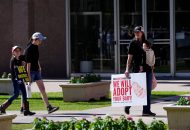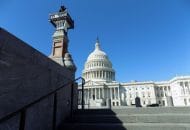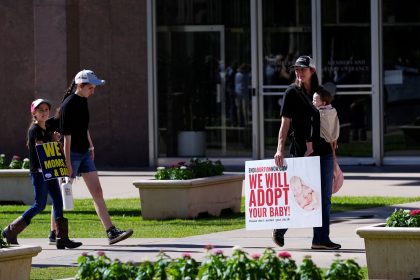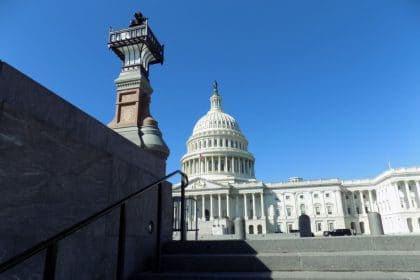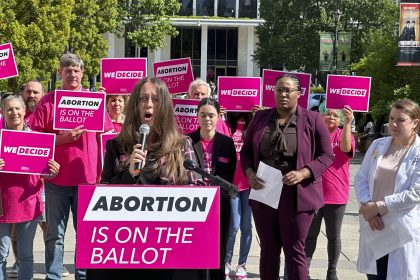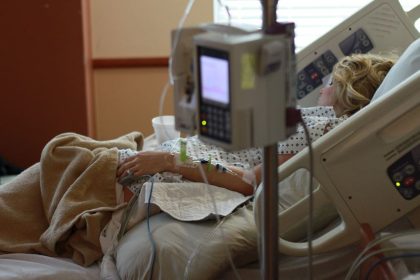Historical Inequities Have COVID Hitting Indian Country Hard

WASHINGTON — Since the earliest days of the pandemic, the CDC has said COVID appeared to have a disproportionate impact on those negatively affected by social determinants of health. These conditions in the environments in which people are born, live, learn, work, play, worship, and age affect a wide range of health risks and outcomes, but when it comes to COVID, America’s native communities are among the racial and ethnic minority groups at highest risk to be severely impacted.
Persisting racial inequity and historical trauma have contributed to disparities in health and socioeconomic factors for American Indian and Alaska Native populations that have adversely affected tribal communities. These groups are experiencing a hospitalization rate 3.5 times that of non-Hispanic Whites, which is the highest of any ethnic group.
The elevated incidence of COVID within this population might reflect differences in reliance on shared transportation, limited access to running water, household size, and other factors that are assumed to facilitate community transmission.
The Smithsonian National Museum of the American Indian, in partnership with the Indian Health Service, last week offered an inside look into Indian Country’s strategy and response to the pandemic with chief medical officers and tribal heads from a variety of native communities around the United States.
“We have definitely seen the impacts of higher rates of underlying chronic disease,” said Rear Adm. Michael Toedt, MD, chief medical officer of the Indian Health Service.
As a key leader in this principal agency within Health and Human Services, Toedt serves 574 recognized tribes in 37 states. He and his team have implemented plans for prevention, detection, treatment, and recovery, and are hard at work doing all four simultaneously.
“You have to deliver culturally competent, relationship-based care… and sometimes that requires-on-the-spot cultural orientation,” said Toedt. “But our seven day rolling average for positivity has been falling in all areas, and it’s now below 15%. We’re working on increasing vaccine acceptance and engendering trust among community members. We’ve found that… [messaging from] local trusted elders and senior community members is what seems to be working the most…”
“Communications and planning among [multiple] sovereign tribal nations is very unique,” agreed Phyllis Davis, Tribal Council member, Gun Lake Band Pottawatomi, and chair of the Great Lakes Area Tribal Health Board. Tribes in the areas of Michigan, Wisconsin, and Minnesota are under her purview, as well as native people who live off-reservation in urban areas.
As in other native areas across the U.S., Great Lakes Area tribes have imposed stay-at-home orders, curfews, and checkpoints to prevent the virus from spreading, and have distributed posters and materials about COVID-19. But the virus still runs rampant.
“Tribes as sovereign nations make determinations in the best interests of their tribes,” Davis said. “Reservations may have boundaries, but economic communities do not.” She cited people needing to leave the reservation for work or school as causes for many cases during a second and third wave of the virus.
Similarly, Dr. Loretta Christensen (Diné [Navajo]), chief medical officer at the Navajo Area Office Indian Health Service, said her areas in Utah, Arizona, and New Mexico instituted early quarantine and travel restriction guidelines, were proactive with shelter-in-place, required mandatory mask-wearing, and limited travel across the Navajo nation, yet still they had the “dubious honor of the highest infection rate per 1,000 in the country.”
She said the native nations’ strengths have been in unified messaging; culturally-integrated contact tracing; explanations on safe traditional ceremonies; and equitable PPE, testing, and vaccine distribution across the nations with an online registry. Yet she has concerns for post-COVID patients and believes there needs to be a plan to address trauma, substance abuse, and other issues magnified during the pandemic.
“It’s been challenging to encourage abstinence from participation in traditional ceremonies,” Christensen said.” “It’s also very hard to distance in small multi-generational homes… and we’ve also had to deal with the fact that almost a third of our homes did not have running water.”
To help mitigate some of the more immediate concerns, IHS did receive more than $1 billion through the CARES Act.
“We sought input on the distribution of those resources from local tribal leaders,” said Toedt, who said the vast majority went directly to tribes for distribution of PPE, respirators, and therapeutics as well as efforts to maintain isolation and alternate care sites, testing, and contact tracing.
CARES Act funding has also allowed tribes to support ongoing benefits and salaries for essential workers, created a workforce to attack the aforementioned running water problem, and has even helped local utilities to hook up homes to electricity to which they didn’t have prior access. Yet despite help from this one-time funding influx, post-COVID care remains top of mind.
Notwithstanding Indian Country’s “unique political status within the U.S. government” [Davis], all panelists cited that, overall, Indian Health Services has been chronically and historically underfunded and that COVID is leaving tribes with additional barriers to overcome while dealing with more health concerns. Chief medical officers said that post-COVID there will be a particular need for specialists in rural areas, improvements in telehealth capabilities, and greater resources overall for tribal communities.
Regardless of their sovereignty, American Indian and Alaska Native communities look for progress through collaboration.
“Our lives and worlds are connected through this shared space, this earth,” said Davis. “No matter where we live, we’re all in this together.”










